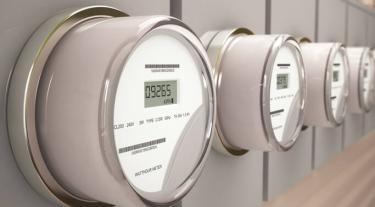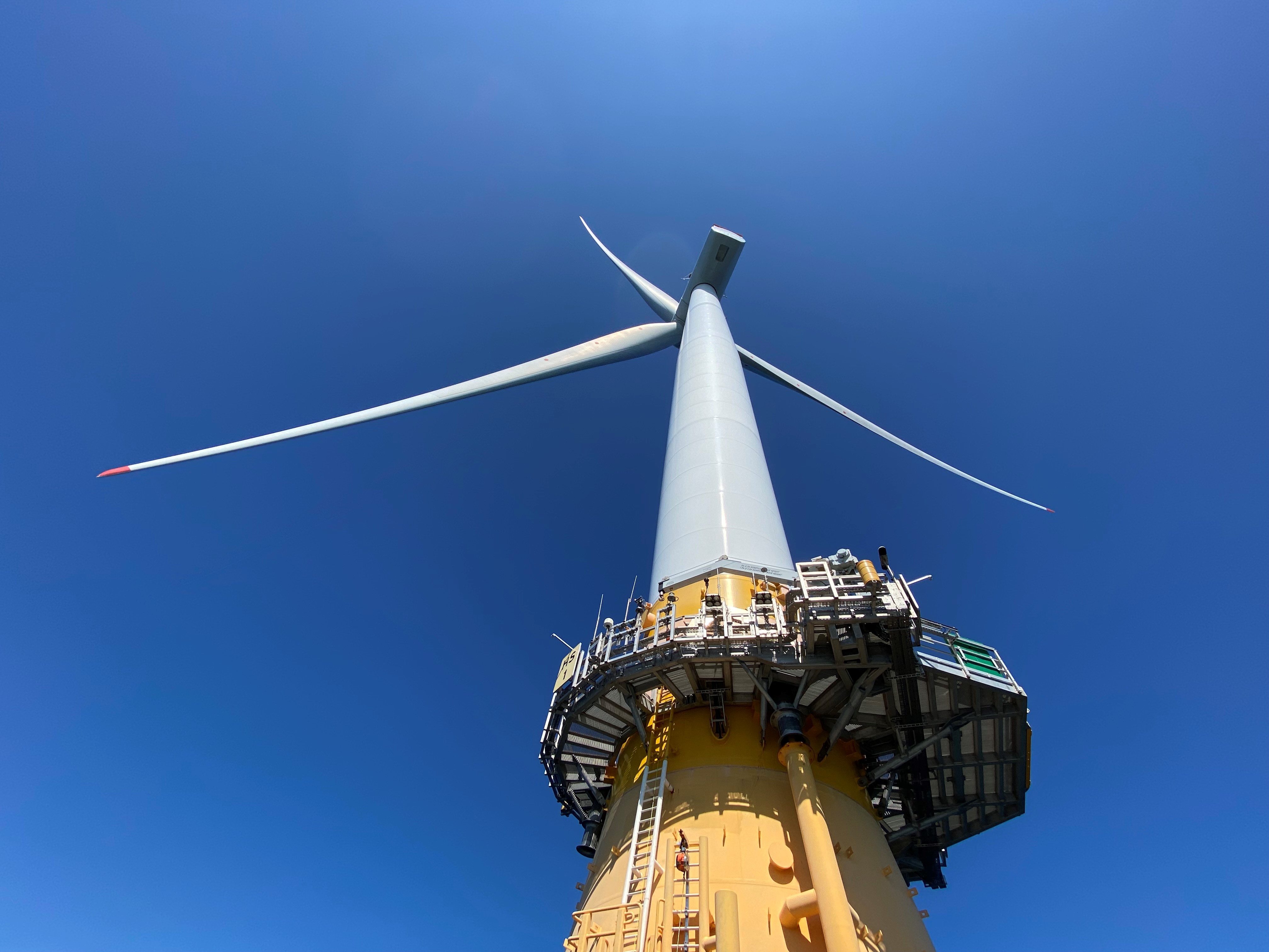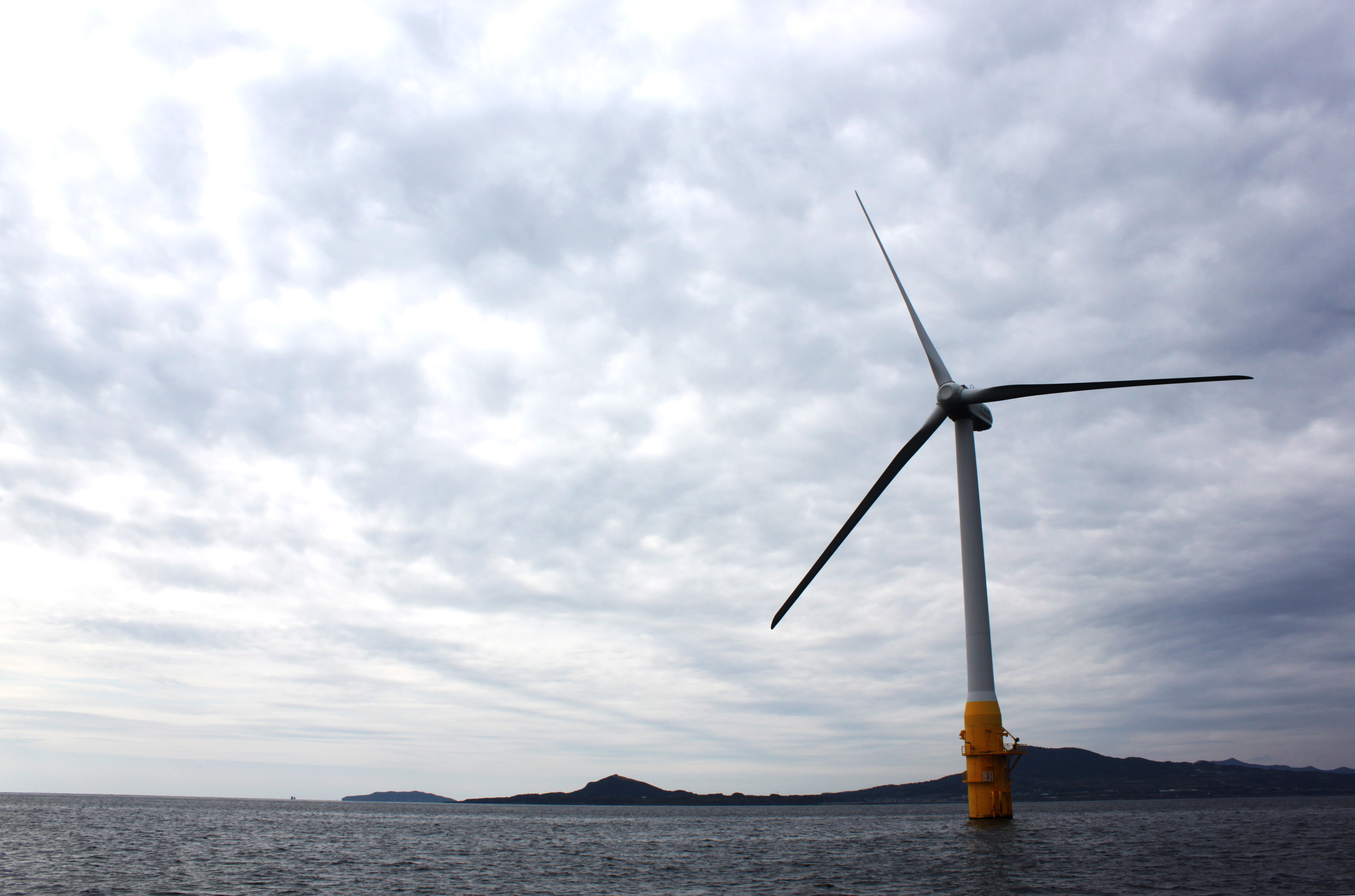Sections in this online guide:
- Why use Digital Technologies for Energy Management (DTEM)?
- DTEM: Components of an energy strategy
- DTEM: Building the business case
- DTEM: Selecting the right system
- DTEM: Select and evaluate suppliers
- DTEM: User guide
1. Why use Digital Technologies for Energy Management (DTEM)?
A structured energy management strategy, supported by the use of digital technologies, can help minimise your organisation's energy costs.
What is energy management?
Energy management is the systematic use of management tools and technology to improve the energy performance of an organisation. Energy management must be tailored to the nature and size of the organisation.
The effort expended on energy management should be proportionate to the need and the benefits gained.
For many organisations, energy use can represent a significant cost. Energy prices are volatile with costs continuing to increase over the medium to longer-term. A proven and cost effect approach to ensuring that energy use is minimised is to develop a structured, formal energy management strategy, supported by the use of digital technologies.
Energy Strategy
An energy strategy is a document setting out an action plan of how energy will be managed in the organisation to meet the policy objectives. There are eight key areas the strategy should address, although they may not all be applicable.
The eight areas are:
- Organising energy management
- Regulatory compliance and incentives
- Investment
- Procurement
- Automatic Monitoring and Targeting (aM&T)
- Opportunities identification
- Organisational culture
- Communications
Once your organisation has adopted an energy strategy, and appointed key personnel to identify and address the management requirements, it will be well placed to use digital technologies for energy management.
Understanding energy use is a critical step for organisations toward making energy efficiency improvements. Metering energy use is a fundamental action for all organisations, regardless of size or expertise.
Read more about the eight key areas in Components of a energy strategy.
Digital Technologies for Energy Management
Digital Technologies for Energy Management (DTEM) are technologies that gather data from energy metering, building and process management systems and use software to report/analyse this data - and in some cases control the energy using equipment to optimise its energy use.
The effective use of DTEM will underpin your organisation’s energy management activities, allowing you to:
✓ monitor energy consumption and detect avoidable energy waste
✓ notify unexpected energy use
✓ allow responsive and effective remedial action
✓ provide real time control adjustment based on system set points
✓ help quantify the resulting savings
✓ identify further productive lines of investigation
✓ provide feedback for staff awareness
✓ improve budget setting
✓ undertake meaningful benchmarking.
However, our research has shown that potential purchasers can find it hard to determine the most suitable systems for their needs, and system users can lack both the confidence and knowledge to make the most of what their systems have to offer.
This guide introduces the metering, technology and software options that are available and aims to help organisations adopt the most appropriate technologies and level of metering to maximise the efficiency benefits.
Types of DTEM
DTEM technologies include:
Automatic monitoring and targeting (aM&T) systems
These accurately gather and collate energy consumption data, and report/display the findings.
Building energy management systems (BEMS)
Computer based systems that assist with monitoring, controlling, and optimising energy consumption of devices, such as lighting and HVAC (heating, ventilation and air conditioning) used in buildings.
Fault detection and diagnostics
These typically monitor data/set points within HVAC and industrial control systems in real time to detect and highlight faults.
Automated system optimisation
This allows modification of control parameters within building automation systems in order to adapt to real time needs, so reducing system inefficiencies.
Optimised process controls
These are designed to keep variations in industrial processes to a minimum and maintain desired operating conditions, e.g. Supervisory control and data acquisition architecture (SCADA).
Go to section 2: Components of a energy strategy





